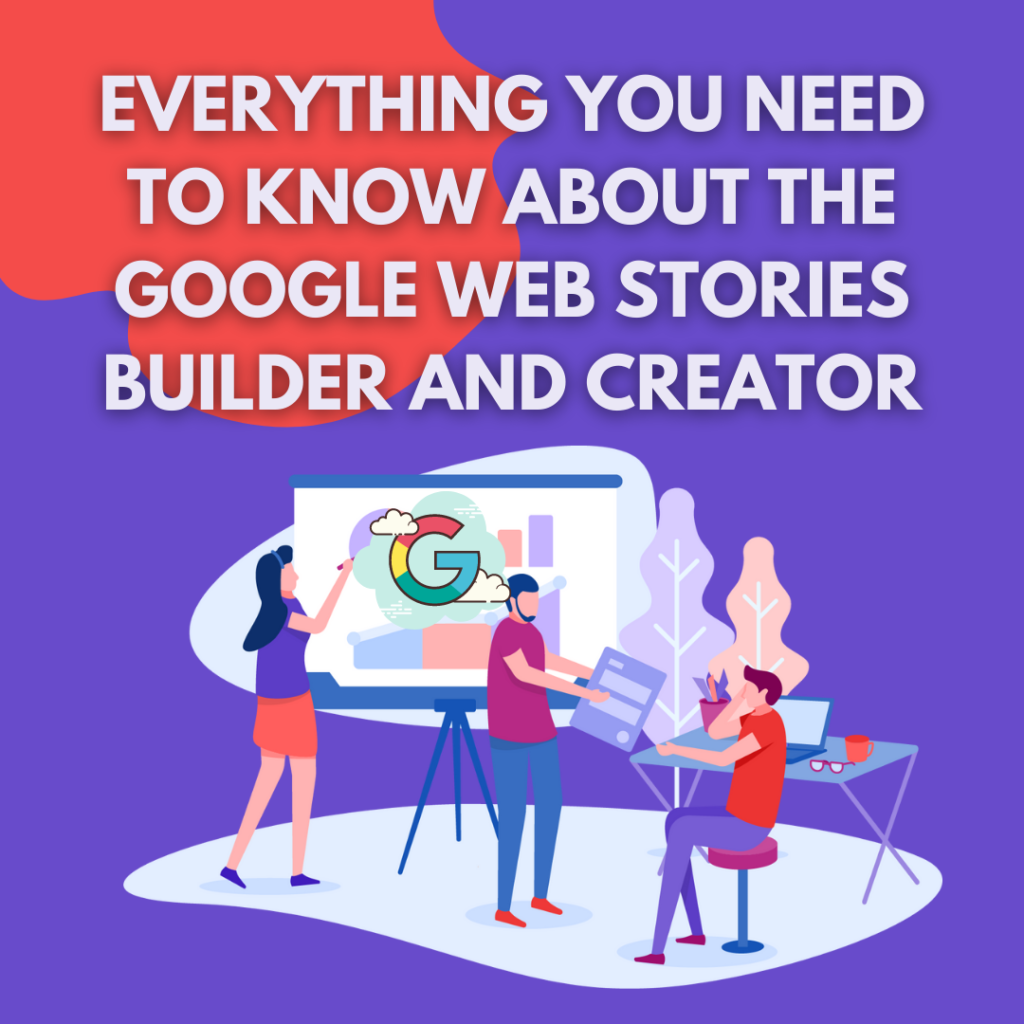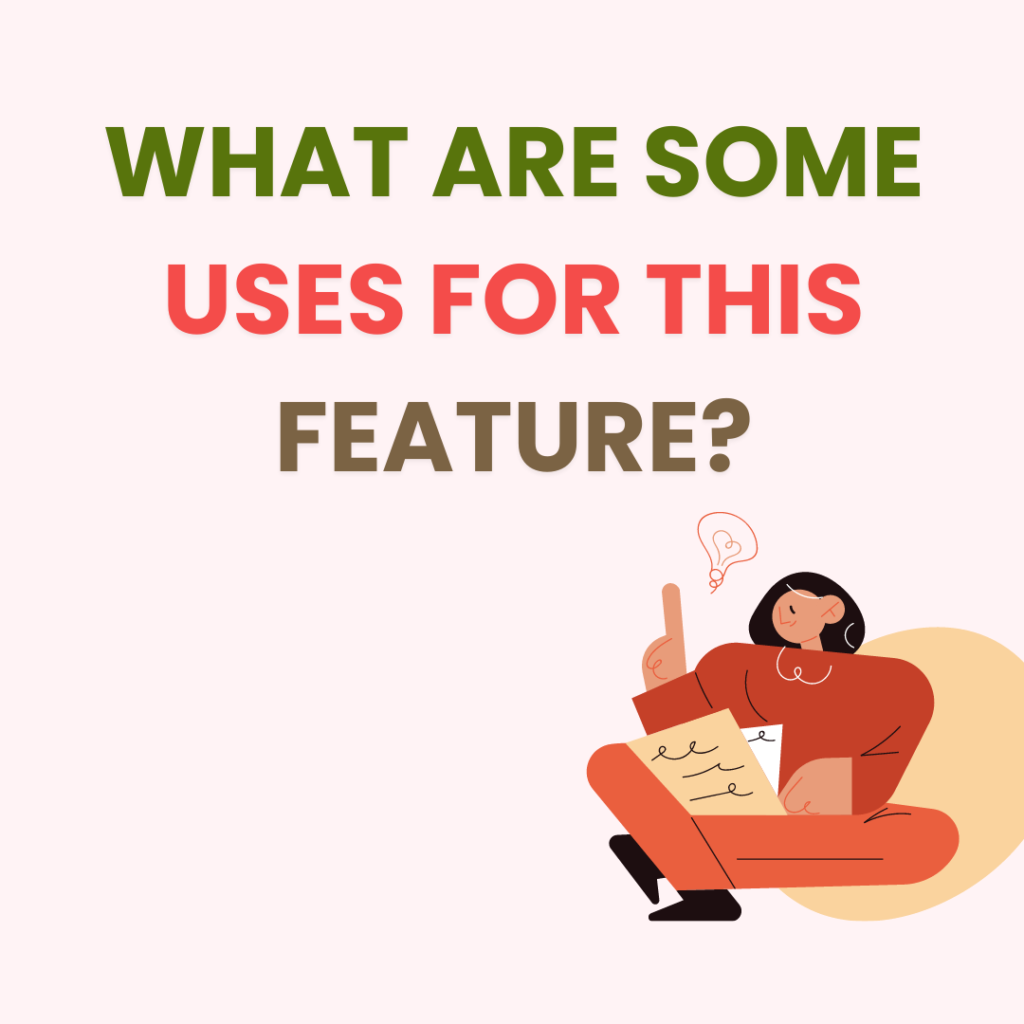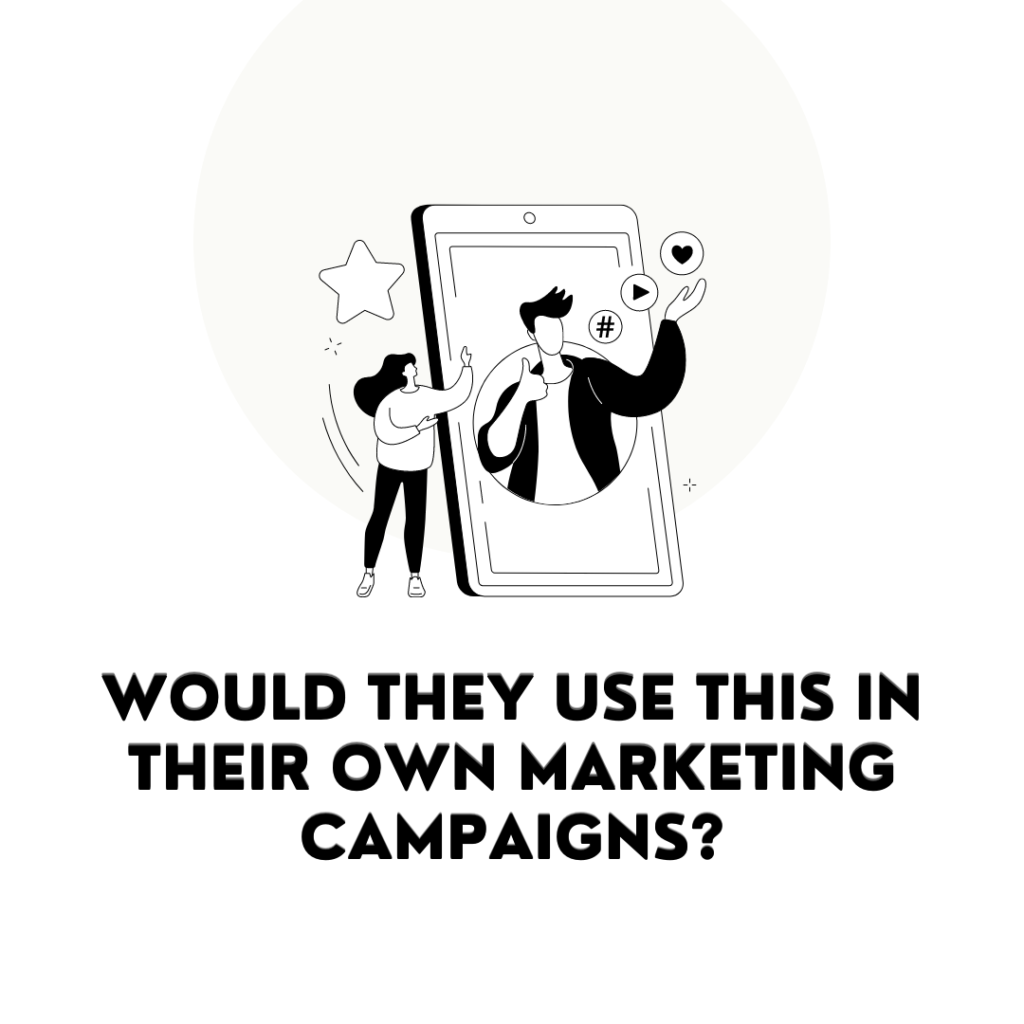
Google has just announced the Web Stories Builder And Creator, a new platform that aims to let users create their own interactive stories using the Google Web Stories Builder And Creator and share them through social media. At first glance, it looks pretty easy to use, but there’s more to Google Web Stories than meets the eye. So, how do you actually create your own story? What types of stories can you make with Google Web Stories?

Since the release of the Google Web Stories Builder and Creator, there’s been an explosion of interest in this tool from many different types of bloggers and online marketers, who are all interested in seeing what new possibilities it holds. So, we decided to put together this guide that can help you with everything you need to know about how to create your own Google Web Stories, as well as how you can go about sharing your stories with others on the web.
What Is It?

A new program on Google’s Chrome Store allows users to create browser-based interactive stories. It includes a simple interface that makes it easy to add text, audio, images, links and video as well as buttons and other interactive elements. With just a few clicks, you can publish your creations to a free account on Medium or export them as an animated GIF and share them wherever you like—no coding skills required. There’s even an option for those who want to add sound effects (think: typewriter keys clacking). We’ll take you through all of these features in more detail below.
Why do you need it?

One of my favorite features is its enormous customization potential. On top of being able to change nearly every visual aspect of your ad, you can also choose a specific landing page that will serve as your destination when users click on it. As you might imagine, there are two types of landing pages—standard and web stories.
In short, web stories are a way for AdWords users to create interactive ads with one-click access to mobile or desktop content (think videos and articles). These story formats aren’t limited to text; they can incorporate multimedia components, too.
How can you use it?
Google has just released their new visual search engine. In many ways, it’s similar to Pinterest and Instagram with one key difference. Rather than looking at a website or product photo, users can now hold up their phone and take a picture to pull up all of that item’s information price, where it is in stock, reviews and even coupons. So how can you use these features?

Let’s say you have a store that carries multiple brands of shoes but not in your size. If one of your customers needs larger shoes, you can have them hold their phone up to scan through a specific brand or size to give them everything they need to know about that product.
If you’re a small business owner, you can also use these features to promote your business through different social media platforms like Instagram and Pinterest. For example, if your store carries multiple brands of shoes, simply hold up your phone to an ad for shoes and it will pull all of that information from that product. Now when someone looks at their Instagram feed, they’ll see one of your products in a different light.
Can anyone use this feature?

Anyone can use it, you just need to change settings so that anyone can see it. Click on admin at the top right corner and click manage appearances. This will let you make sure that your web stories are visible to everyone. The best part is that even if your web story is visible, people still won’t be able to view any content unless they actually have access to it. This way you have total control over what content each user sees in their timeline.
Can anyone use a web story?: Anyone can use a web story. Even if they are not admins on your Google+ business page, they can share links with their followers. This is ideal for bloggers and other businesses who have interesting or informative content to share with readers/followers that may not be ready to sign up for your newsletter.
What are some uses for this feature?
I’m sure there are many uses for it, but here’s a couple that immediately come to mind:

1). Create a simple product advertisement that promotes one of your products in search.
2). Make a clean, attractive landing page for your brand or business.
3). Provide a sales funnel for new customers to start signing up for and getting familiar with your brand.
4). Create an easy way for potential customers to contact you and be able to provide information about how they can reach you. Just because I’m not creating one today doesn’t mean I won’t be using it in some form very soon! 🙂 As far as what you can use it for?
After typing in a web story, you can add it to your Google profile or share it with your social networks. It’s an easy way to tell others about updates or articles that you have written and published online. For instance, if you write a post on how to install WordPress, why not turn it into a web story and give more information? Or create a list of best WordPress themes and offer those as options for people who want them.
Would they use this in their own marketing campaigns?
If yes, then you could say so and add a few examples of why that would be useful. If no, say why they might not use it, e.g. You’re likely reading this because you already know who has used these tools in their marketing campaign already (name them).

But if your industry is one where word-of-mouth advertising still reigns supreme—like healthcare or hospitality—then a visual search tool like one offered by Google may not be right for you. It’s all about catering to your target audience: What do they want? What do they need to know?
Thanks to Google’s new web stories creator and builder, there are more ways than ever before for businesses to get their products and services out there into social media feeds—and into users’ hands.